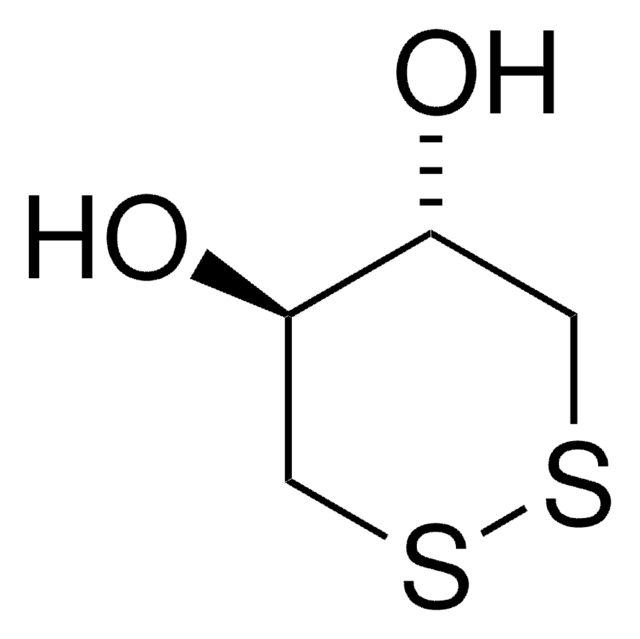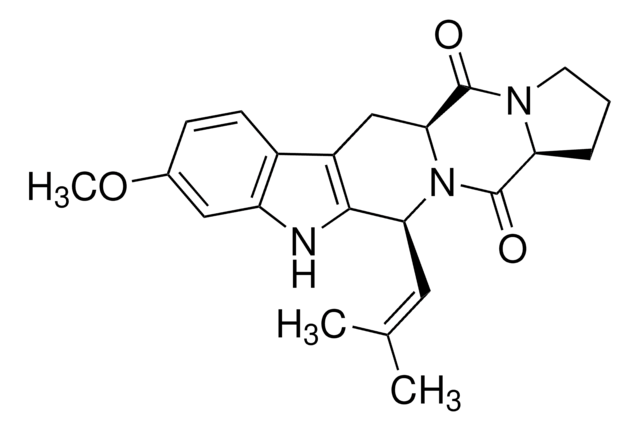D5921
DMEM - low glucose
With 1000 mg/L glucose, and sodium bicarbonate, without L-glutamine and phenol red, liquid, sterile-filtered, suitable for cell culture
Synonim(y):
DME, Dulbecco′s Modified Eagle′s Medium - high glucose, DMEM
About This Item
Polecane produkty
Nazwa produktu
Dulbecco′s Modified Eagle′s Medium - low glucose, With 1000 mg/L glucose, and sodium bicarbonate, without L-glutamine and phenol red, liquid, sterile-filtered, suitable for cell culture
Poziom jakości
sterylność
sterile-filtered
Formularz
liquid
metody
cell culture | mammalian: suitable
zanieczyszczenia
endotoxin, tested
komponenty
phenol red: no
sodium pyruvate: no
glucose: low
HEPES: no
L-glutamine: no
NaHCO3: yes
Warunki transportu
ambient
temp. przechowywania
2-8°C
Szukasz podobnych produktów? Odwiedź Przewodnik dotyczący porównywania produktów
Opis ogólny
Zastosowanie
- living colon cancer SW620 cells
- human breast carcinoma cell lines MCF-7(13), KPL and MDA-MB-231
- mammal and canine derived adipose-derived mesenchymal stem cells
Rekonstytucja
Inne uwagi
najczęściej kupowane z tym produktem
Hasło ostrzegawcze
Warning
Zwroty wskazujące rodzaj zagrożenia
Zwroty wskazujące środki ostrożności
Klasyfikacja zagrożeń
Skin Sens. 1
Kod klasy składowania
12 - Non Combustible Liquids
Klasa zagrożenia wodnego (WGK)
WGK 3
Temperatura zapłonu (°F)
Not applicable
Temperatura zapłonu (°C)
Not applicable
Wybierz jedną z najnowszych wersji:
Masz już ten produkt?
Dokumenty związane z niedawno zakupionymi produktami zostały zamieszczone w Bibliotece dokumentów.
Klienci oglądali również te produkty
Nasz zespół naukowców ma doświadczenie we wszystkich obszarach badań, w tym w naukach przyrodniczych, materiałoznawstwie, syntezie chemicznej, chromatografii, analityce i wielu innych dziedzinach.
Skontaktuj się z zespołem ds. pomocy technicznej





